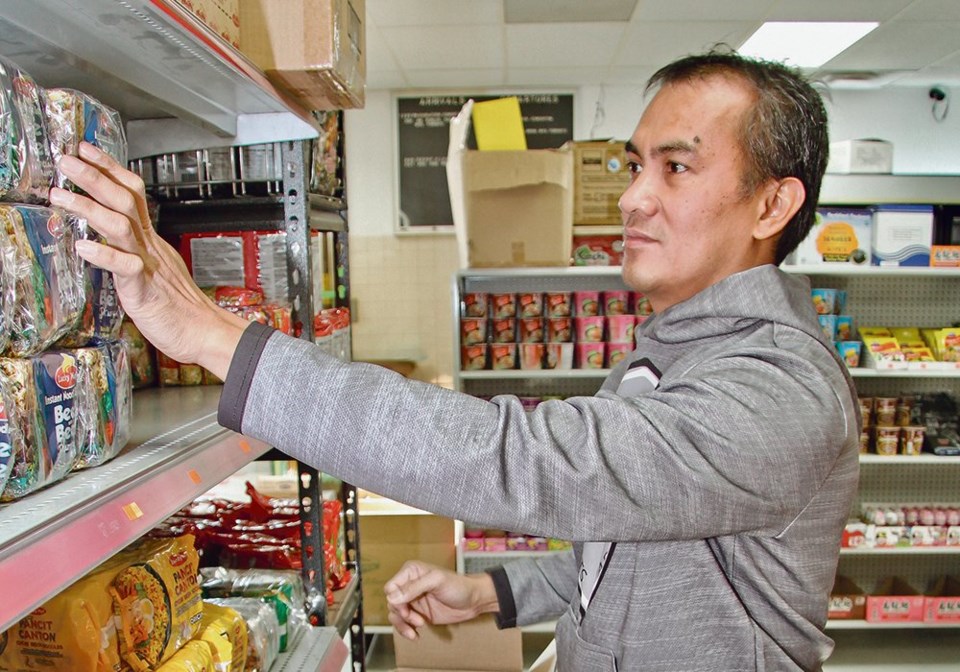Towns need support workers at the seniors’ home, a parts manager for the Case IH dealership, a shift leader at the Dairy Queen, truck drivers for the grain transport company and someone who can drive the Zamboni at the hockey arena.
In Yorkton, Sask., immigrants from the Philippines are doing many of those jobs.
But hundreds of rural communities also need immigrants and an influx of people. Right now, they’re getting a tiny number of newcomers from Southeast Asia, Central America and elsewhere because the country’s immigration system is biased against rural Canada and the ag industry, says a human resource specialist in Ontario.
“People that come in… the new immigrants, the refugee side, the economic side for the high wage (jobs), they’re all being directed to the urban. That’s what the immigration policy is doing,” said Janet Krayden, agri-workforce expert with the Canadian Mushroom Growers’ Association.
“In the beginning, Canada’s immigration policy and agriculture were one and same. That’s how the… West opened up…. But now agriculture is off to the side. It’s not part of the main immigration policy and we’re fighting to get in.”
It’s hard for rural businesses and agri-food processors to attract immigrants because Canada’s immigration system favours people with a university degree who will likely wind up in large centres like Toronto rather than Red Deer.
“Canada has a merit-based (immigration) system. And we’re not saying it shouldn’t,” Krayden said. “(But) not everybody needs to live in the city, working in high tech.”
A Conference Board of Canada report, published in late October, supports Krayden’s position.
It said Canada needs immigrants who become “essential workers,” taking jobs in food manufacturing, truck driving and senior care.
“Many economic immigration programs… focus on highly educated immigrants, but as the pandemic has shown, essential work usually requires other skill levels,” the report says.
If a person in the Philippines has needed skills and experience, the system should make it easier for that person to come to Canada.
“(Someone with) the right skill set to drive a truck, to operate a machine at a manufacturing plant… those people should have the means to immigrate to (Canada),” said Yilmaz Dinc, who authored the Conference Board report.
Another roadblock is the non-profit agencies that help immigrants settle in Canada, Krayden said. The agencies are located in cities and they don’t connect immigrants with available jobs in agriculture or in rural Canada.
“You have these settlement agencies getting millions for the immigration department.. and there is no incentive or impetus for them to match (newcomers) to where the jobs are,” she said.
A few years ago, Krayden was at an immigration conference and sat in a room with 150 workers for settlement agencies.
“I asked them: when you have new incoming people, do you ask them if they have agriculture skills…. Out of the 150, one person raised their hand,” she said.
“They’ll say, oh, it’s the little town’s job to go and find these people…. But the whole system is set up against the little town and the ag and agri-food employer.”
The federal government is taking steps to rebalance urban vs. rural immigration. It has created the Rural and Northern Immigration Pilot program to “spread the benefits of economic immigration to smaller communities,” the government website says.
Ten towns and cities are participating in the project, including Altona, Man., Moose Jaw, Sask., and Claresholm, Alta.
The five-year pilot is designed to help rural communities deal with aging populations and labour shortages.
As for agriculture, in 2019 the feds announced the Agri-Food Immigration Pilot. It will admit up to 2,750 immigrants per year, until 2023, to help with labour needs in meat processing, mushroom farms, greenhouse production and general farm work.
The program launched in 2020 but last year it only attracted 165 applicants. That small number is partly explained by education criteria, where potential immigrants must provide a Grade 12 diploma, even if they have experience working at a Canadian farm or meat packing plant.
“They’ve been in the plant for five years, or (on a farm) for five years… and they can’t get that certificate. And we’re going to penalize them (for not having a Grade 12 diploma),” Krayden said.
There are flaws in the Agri-Food Immigration Pilot, but many are hoping it becomes a permanent program, including Krayden.
“(It) is a beginning, where agriculture may become part of Canada’s (immigration) priorities in the future…. But we’re not there yet.”

